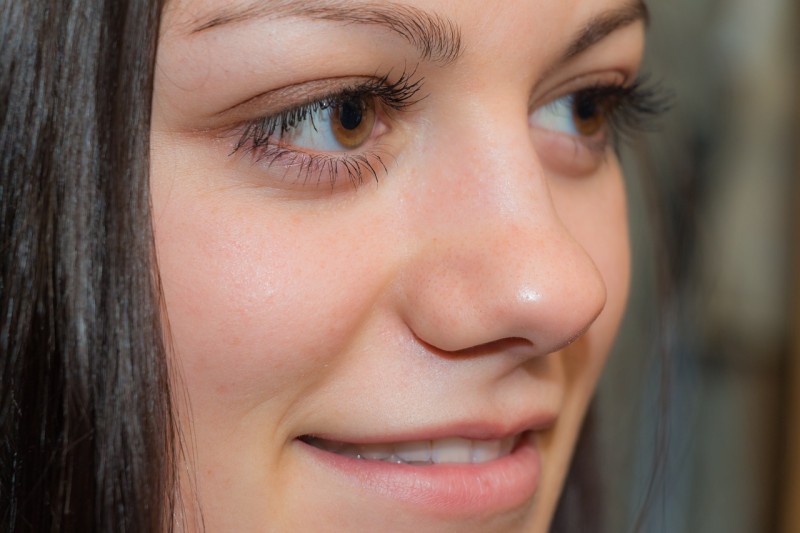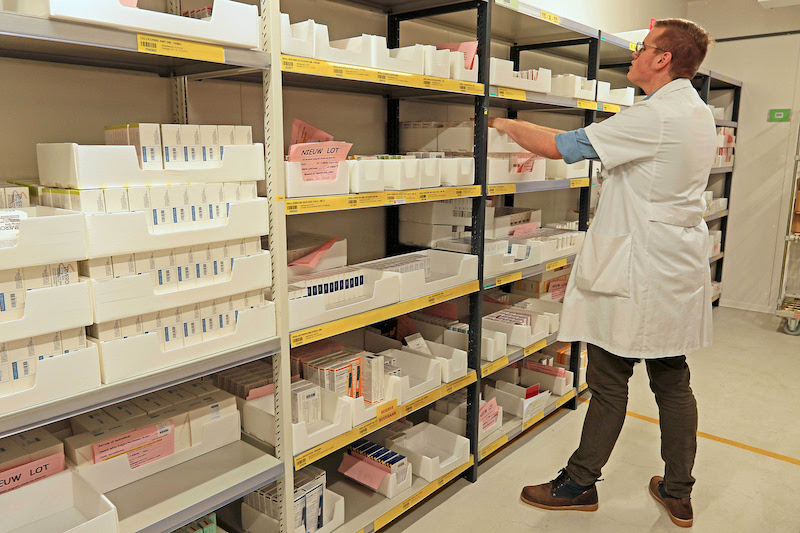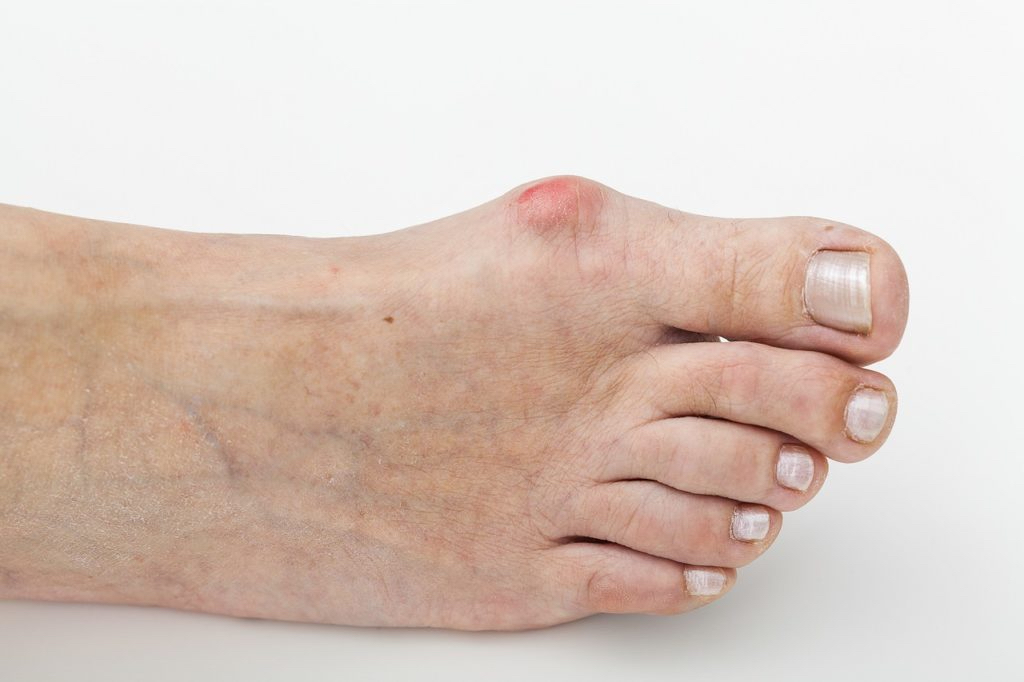
LASIK, what is refractive surgery?
LASIK (Laser Assisted in-situ Keratomileusis) is a surgical technique used in refractive surgery for the correction of refractive errors such as nearsightedness, farsightedness, and astigmatism.
After having LASIK, most patients have a dramatic reduction in glasses or contact lens dependence and many patients no longer need them at all.
The treatment, done on an outpatient basis and under topical anesthesia (with drops), it is a fast technique that allows rapid recovery.
The LASIK procedure can be divided into 2 major phases:
1. A suction ring is placed on the eye and a microkeratome is used to create a thin corneal flap (of 100 microns).
2. Corneal stromal ablation. The flap is moved to the side and LASER is used to reshape the middle of the cornea, after which the flap is replaced and allowed to adhere on its own.
OFTALMAR is unique in Spain and lead in Europe for the correction of nearsightedness, farsightedness, and astigmatism with solid state laser technology.
This innovative technology is known for its high degree of accuracy, becoming a significant part of current refractive surgery. Several scientific studies have demonstrated this.
Our professional team participated in the research published in the Journal of Cataract and Refractive Surgery (“Results of laser in situ keratomileusis performed using solid-state laser technology”) and Graefes Archive of Clinical and Experimental Ophthalmology (“Pilot study of hyperopic LASIK using the solid-state laser technology”).
LASIK procedure:
LASER corrects the diopters by changing the curvature of the cornea:
Nearsightedness: Flattening the central part of the cornea
Farsightedness: Curving central part
Astigmatism: Modulating the shape of the cornea.
We can correct 10 diopter in myopia patients, 5 diopters in farsightedness and 5 dioptres for astigmatism (generical). But it is necessary to make a complete examination of the cornea to evaluate the surgery in each patient.
You need to complete essential requirements to be a good patient for surgery:
* Age. The age range is between 18 and 50 years.
* Stability. It is convenient that the patient has not suffered vision refractive changes in the past two years.
* Corneal thickness. The LASIK treatment needs 500 microns of thickness minimum. When the cornea is thinner there are other alternative treatments with LASER, as for example the PRK (surgery does not create a corneal flap)
* Corneal topography. This test examines the anatomical shape of the cornea. There is a limit of curvature which must not be exceeded. The topography rule out other corneal pathologies as keratoconus.
* Ocular surface. We study the quality tears and we rule out inflammatory or infectious processes on the eyelids.
* You need to be aware that the refractive surgery is not absolutely necessary for you (glasses or contact lenses are an option). Therefore, it is very important that you are motivated to surgery: professional motivations (oppositions to the police, army, fire brigade, etc.), sporting reasons, contact lens intolerance, etc.
* Psychological profile. Although LASIK is a technique with a high degree of success it is not free of complications in a small percentage. The perfectionists are not good patients because they have unrealistic expectations.
LASIK is not without its risk as any surgical technique. The eye infection is the most feared and less frequent. Interface corneal stromal irregularities after flap creation or a large inflammatory response after the surgery (called DLK) are very rare complications.
There are other alternative techniques such as PRK laser eye surgery for patients with thin corneas or the intraocular lens implant when the patient presents higher diopters.
Dr. Alberto Artola




